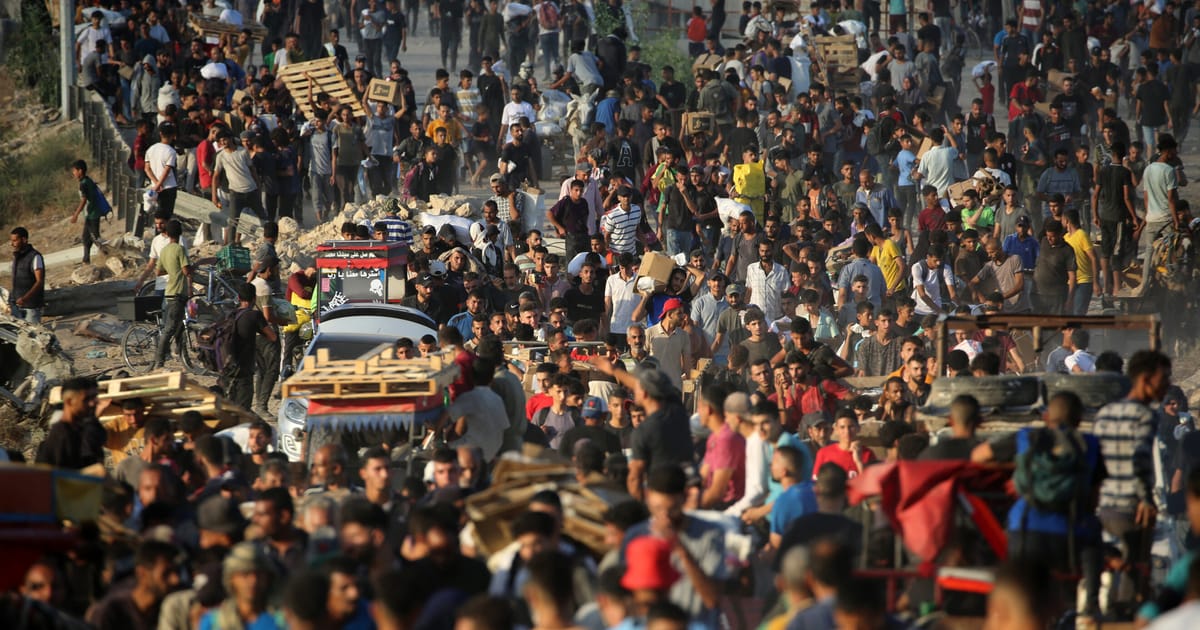

In a series of escalating conflicts across the Middle East and North Africa region, various incidents have highlighted the complexity and challenges facing the area. A calm and clear analysis of these events reveals the underlying dynamics and offers insight into potential paths forward.
In Gaza, a situation unfolded near a US-backed humanitarian aid center, where an unfortunate incident occurred, claiming the lives of 20 Palestinians. The Gaza Humanitarian Foundation acknowledged the incident close to its facility, underscoring the precarious nature of aid distribution in conflict zones. This area has been a point of contention, with ongoing tensions often affecting humanitarian efforts aimed at easing the burdens on civilians.
Meanwhile, in Sudan, the paramilitary Rapid Support Forces (RSF) have been accused of killing nearly 300 people in village raids across North Kordofan state. These actions are part of a larger conflict between the RSF and the Sudanese army, a civil war that has been simmering since April 2023. The attacks allegedly targeted areas devoid of military significance, raising concerns among rights groups and activists. This highlights the devastating impact of internal conflicts on civilian populations and the urgent need for peaceful resolutions.
Across the northern border, Israel has been actively involved in military operations in Syria. Israeli forces launched a significant strike against Syria’s defense ministry in Damascus, marking the third consecutive day of interventions. These strikes, which resulted in one fatality and injured 18 others, are connected to clashes between Syrian government forces and Druze fighters in southern Syria. The military actions damaged a portion of the ministry’s infrastructure, reflecting the heightened state of hostilities in recent months.
The situation in Syria further expanded with reports of Israeli drones targeting the city of Sweida, a Druze-majority area. This follows aborted ceasefire attempts between Syrian government forces and Druze militants, complicating efforts towards peace. Despite previous agreements, tensions remain high, driven by the complex political and ethnic tapestry that characterizes the region.
Amidst the unrest, there remains a glimmer of hope as conflicting parties continue to engage in dialogues for new ceasefire agreements. In Sweida, religious and community leaders persist in their attempts to broker peace, stabilizing the area albeit temporarily. These efforts emphasize the critical role that local leaders play in mediating and maintaining peace, even in deeply divided societies.
This recent spate of conflicts serves as a reminder of the intricate challenges faced by the region. The Middle East and North Africa continue to navigate a landscape marred by historical grievances and power struggles. However, sustained regional dialogues and international cooperation could pave the way for meaningful de-escalation and lasting peace.
Source: {link}
